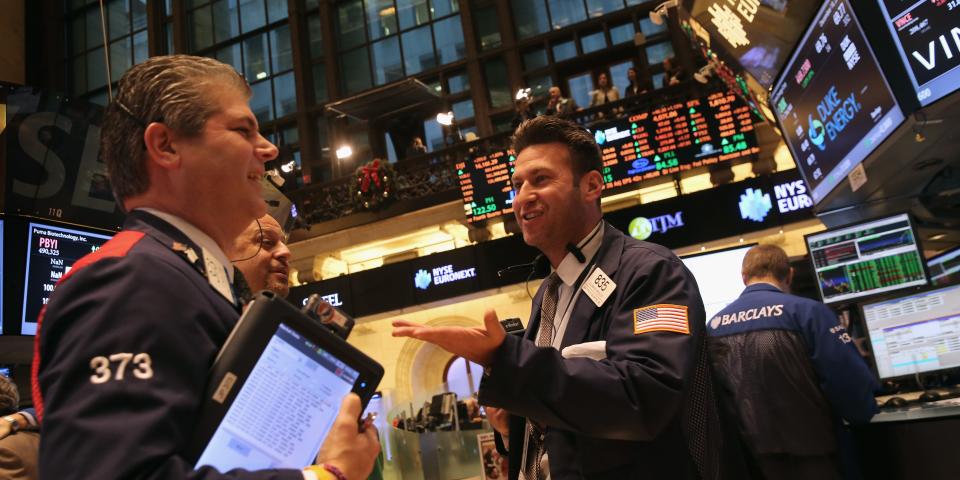
[ad_1]

-
Bank of America strategists broke down the five biggest lessons for investors and the economy from 2023.
-
The US economy navigated aggressive Fed rate hikes, China struggled, and bond vigilantes returned.
-
For investors, 2023 marked the end of “TINA” and introduced alternatives to equities.
Through 2023, surging interest rates have forced global markets and economies to adjust to the end of the easy money era.
Macroeconomic dynamics are front and center for investors as much as traditional market drivers like earnings growth and valuations. In a note this week, Bank of America strategists Joseph Quinlan and Lauren Sanfilippo broke down the five biggest lessons of the year as markets get ready to turn the calendar.
The first lesson? “Don’t bet against America,” the analysts wrote.
A year ago, most forecasters expected a recession in 2023 thanks to the Federal Reserve’s aggressive monetary policy tightening.
But instead of rolling over, the economy pushed forward, with strong consumer spending and a robust labor market powering growth.
“The US economy is still the greatest show on planet Earth,” the strategists said. They described the country as a $27 trillion “hydra-headed behemoth” that is the best at many different economic activities including agriculture, aerospace, energy, technology, and more.
The second takeaway, according to the bank, is that China needs a new growth model. The much-hyped post-pandemic rebound never arrived, and instead the world’s second largest economy has been saddled with an ailing property sector, aging demographics, and declining foreign investment — all of which point to a “Great Wall of Worry” ahead.
“A new growth model could center on the Chinese consumer, with personal consumption expenditures in China just 40% of GDP vs. roughly 70% in the US,” Quinlan and Sanfilippo said. “However, policies focused on driving consumption-led growth…have yet to materialize.”
In 2023, the MSCI EM Index has returned about 5%, far below the S&P 500’s gains.
The third lesson of 2023 has been that the bond vigilantes are back.
Investors this year dumped bonds in protest of excessive government spending and their presence, according to Bank of America, shows “deficits do matter.”
“Owing to rising interest rates, interest costs rose by nearly 40% last year, while mandatory spending programs like Medicare, Medicaid, and Social Security continue to expand,” the strategists said. “Ditto for defense spending. With government debt-to-GDP ratio at record levels, there is little room for meaningful fiscal expansion over the next few years, a factor that could weigh on overall growth in the near and medium terms.”
Meanwhile, given Russia’s invasion of Ukraine, conflicts in the Middle East and Africa, and tensions over Taiwan, strategists said the fourth lesson is that investors should no longer ignore geopolitics.
“It’s always dangerous to say ‘It’s different this time,’ but as one scans the geopolitical landscape of today, it is different,” the strategists said. “The hot and cold wars of the 2020s means a ramping up of global military outlays, with annual global defense spending topping $2 trillion for the first time in 2021. Leading the charge is the US, whose defense budget totaled a record high of $858 billion in fiscal year 2023.”
The takeaway, in the bank’s view, is for investors to remain constructive on large-cap US defense contractors and cybersecurity names.
The final lesson of the year is that the era of TINA — or, “there is no alternative” to stocks — is over. Now, low-risk assets like cash and bonds offer real returns and flexibility.
The higher-for-longer rate regime suggests cash won’t be negative-yielding like the previous decade, while bonds will provide strong returns as well.
“Per equities, the script has flipped — the secular tailwinds of the past (stable, non-inflationary growth coupled with globalization and deregulation) are now more headwinds (elevated cost of capital, large budget deficits, higher cost supply chains),” the strategists maintained. “The upshot: Equities have competition when it comes to asset allocation.”
Read the original article on Business Insider
[ad_2]